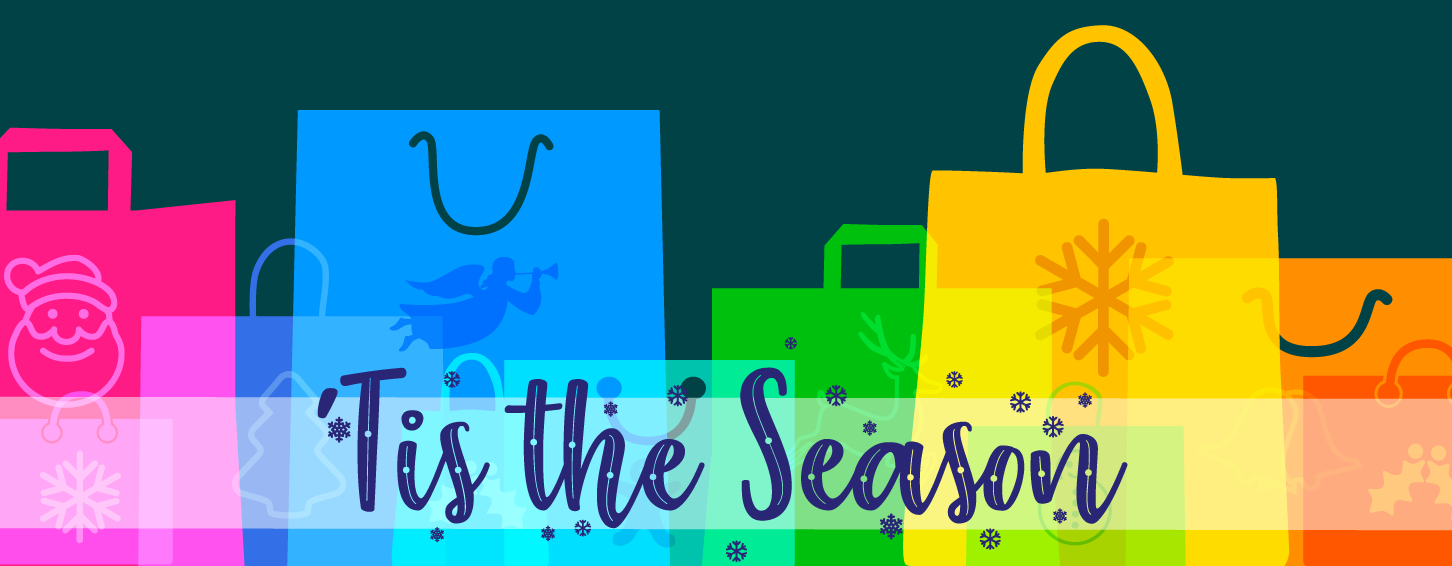Share post
Essentia’s Top 10 Online Shopping Nudges
With the festive season gathering speed, many of us are now making some critical gift-allocation choices. Not surprisingly, it’s a decision-making process that online retailers are happy to help us with.
Using increasingly powerful algorithms and a cocktail of behavioral insights, sites like Amazon have become experts in guiding our choices and encouraging us to convert from browsing to buying.
Below are 10 online sales techniques to watch out for and share (especially with anyone that has access to your credit card).

1. Free gift with your purchase!
According to behavioral scientist Dan Ariely, we have a curiously illogical approach to free gifts – attributing to them a worth that is higher than their actual face value. As a result, we are more drawn to free items than discounted ones, even when a discount makes more sense financially or helps us to get more value from our purchase. Online retailers take advantage of this, using a “free gift with purchase” tactic to lure us into increasing our average order size.
2. “Great product – just what I needed”
Customer feedback has become an important selling point and retailers know that we consistently go for the product with the most reviews. But we need to be careful: recent research into this popularity bias shows we also tend to choose the item with more reviews, even when they give the same low rating as an alternative product with fewer reviews. In statistical terms, this is actually a poor strategy because we are choosing the item more likely to be of low quality.

One in five people shop online from the bathroom.
(Source: Adobe Inc)

3. Seasonal Discounts
‘Anchoring’ is our tendency to rely on the first piece of information we come across when making a decision. The retailer presents us with, for example, a $200 juicer reduced down to $140. That original $200 price tag ‘anchors’ as a reference point in our minds. As a result, the discounted price now seems much more reasonable than if we’d seen the juicer being sold at $140 with no reduction.
4. Only 6 left – order soon!
Creating a sense of urgency is not only a sales tactic for major sales events. Merchants selling on Amazon know that if they keep inventory below 20 items, the site will automatically show the number of items remaining. This triggers our biases around scarcity, making items seem more attractive and leading us to faster, more impulsive purchases.

Events like Black Friday and Cyber Monday are the Superbowl of behavioral manipulation for holiday shoppers. Amazon’s own event – Prime Day – grossed an estimated $4.2 billion in 2018.

5. Frequently bought together…
Cross-selling you a complimentary product from a different category – is one of the oldest tricks in the book. It works because you’ve already made the decision to buy something, and every good retailer knows that the easiest time to make an extra sale is when the customer already has their wallet open. Amazon is secretive about their model, but in 2006 CEO Jeff Bezos revealed that 35% of sales came from cross-sales.
6. Add to cart
Orange is the “action color” for Amazon’s buttons and they are scientifically placed to nudge you through the sales funnel. More important than a button’s color or size, however, is the text. In only a few words, each button needs to explain its purpose and then elicit the right emotional response that leads to a click. “Add to cart” results in higher conversions than “Buy now” because it encourages us to get in the buying mood without asking us pay right away.


7. Order today and receive it on Friday
Watch out for this one: there you are browsing different products and wondering which is the right gift to buy. Then you see a message saying that one of the items can be delivered on Friday. Suddenly, you’re no longer thinking about whether you should buy this – instead you’re experiencing that special buzz that comes from anticipating the arrival of your delivery. Hey presto! This clever nudge has converted your indecision into a transaction.
8. Free shipping with orders over $35
This simple trick is recognised by many online stores as one of their most important sales drivers. We know that our purchases need to be shipped, and that someone has to pay for it, but we still see it as annoying that “someone” has to be us. So, we buy things we didn’t know we needed, just to get our total spend to the level where we’re eligible for free shipping. No surprise then that most online retailers set their free shipping thresholds above their average online order value, to increase sales.

Post-purchase rationalization (“Buyer’s Stockholm Syndrome”) is a cognitive bias whereby someone who has bought an expensive item overlooks any faults or defects in order to justify its purchase.

9. Buy now with 1-click
One-click shopping (patented by Amazon until 2017) facilitates our System 1 (impulsive) brain by removing all the stages in the purchase cycle that give us time to doubt and reconsider our purchases. Monkey push button.
10. Don’t miss out! You’ve left something in your basket
On average, 69% of online shoppers abandon their carts. But we often plan to return – usually after we’ve done some research or are in more of a buying mood. E-tailers know this and their friendly, helpful emails reminding shoppers to complete their purchase have a scarily high success rate.


